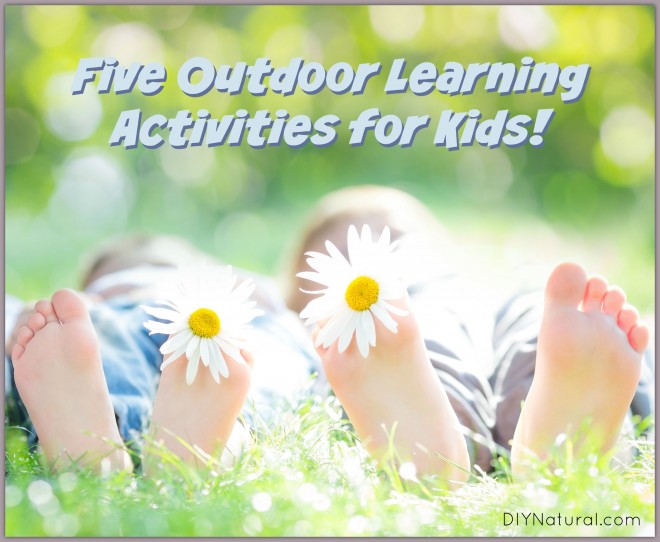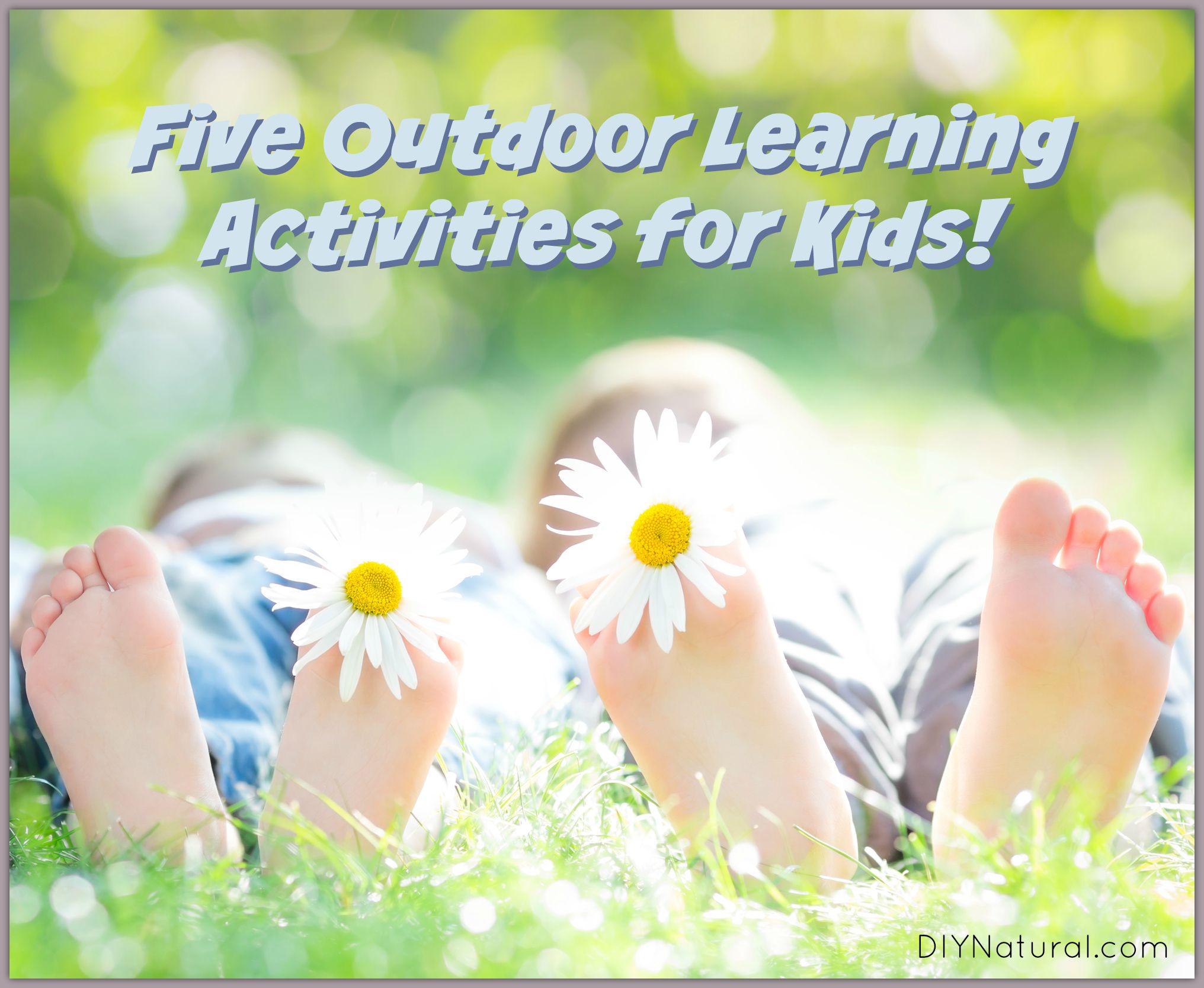
For some parents there are only a few short days of summer vacation left. You may want to spend it lounging at the pool, or you may want to give those young brains a few warm-up stretches. If you’re in the latter camp, I have a few suggestions for you. My kids are always asking for craft ideas. Here are some of our favorite outdoor activities for kids:
5 Fun Learning Outdoor Activities for Kids
Clay Fossil Imprints
You can either make your own clay or buy some from the local craft store. For me, this depends on the given week in which we are making the craft and how much time or energy I have. Most times I just pick up a tub at the grocery store as I’m picking up our food – multi-tasking is wonderful.
My son is dedicated to the idea that he is going to grow up to be a paleontologist. I am forever thinking of fun activities to encourage his interest. Fossils are fun to study and there are plenty of beautiful picture books to get at the library. After we’ve sifted through a few books for inspiration I give each chid 2-3 small lumps of clay. Depending on the size of the found objects in your yard, the size of your lumps may vary from a walnut to a lemon. You may “plant” objects in your flower bed or allow them to discover their own at home or at a local park. Each time they find an object worth preserving they will press it into their clay until it leaves and impression. The resulting lumps can then be allowed to dry. Sometimes my kids even like to paint the dried specimens. You now have your very own fossils to study.
Queen Anne’s Botany
We all remember doing this as a child. Head out to a weedy place with your child and collect a bouquet of Queen Anne’s lace (Daucus carrota). If you are a parent who has transitioned from conventional eating and hate to throw things away, you may still have some of those old chemical food dyes lurking in your baking cupboard. Finally, here is a craft to use them up!
Fill a vase with water and add 5-6 drops of your color choice. Let your child place the flowers into the water. It might be a good idea to take a photo of the original bouquet so you can compare the before and after. The first time we did this I had a discussion with the kids about how plants “drink.” This experiment is a great way to explain some basic botany, covering how plants move water from the soil up the stem and into their leaves and flowers. Ask your child to create a hypothesis about what might happen with the colored water. Place your bouquet somewhere prominent in your house to watch what happens.
Plant Press
My husband designed a very simple plant press for me using two cutting boards. (You can find the design here.) With kids you can use an old phone book or simply stack a few heavy books from around the house. This activity should be done somewhere your children are allowed to pick leaves and flowers, so not the local metro park. We wander our property looking for plants that capture our imagination and pick them. If you are using the heavy book method, place your specimens between two pieces of paper on a firm surface and stack a few heavy books on top. Check your progress often. The paper may need to be changed as it soaks up moisture from the plants. Next week, in part two of this post, I’ll share a nature craft you might do with your kids once they’ve pressed their specimens.
Tea Party
My daughter loves this activity. With an adult who knows the safety of the plants in your yard, allow your children to gather leaves, flowers, and berries. We often do an afternoon tea party with the results of our foraging. Have fun with it! Use the good china and dress up in silly things you find at local thrift stores. Some of your wild edible blends may be awful, but we are often surprised by taste combinations that become new favorites.
(DIY Natural recommends these two books on identifying edible wild plants for this Tea Party activity: The Forager’s Harvest, and Nature’s Garden, both written by Samuel Thayer.)
Name That Sound Scavenger Hunt
This game requires that you have some sort of recording device. I have one on my phone, but I also have a small hand-held recorder. It’s really important for kids to be taught to listen to nature. Our nature education spends a lot of time on sight, touch, smell, and taste and very little on sound.
First you’ll need to gather sound in the location your children will be exploring. You may record the sound of the wind shooshing through a white pine or bullfrogs calling from the pond. At this time of year you might have them hunt for the distinctive chirp of a cicada. Kids get a real thrill out of this odd looking bug.
Once you’ve got all the sound recorded, turn them loose with the tape recorder. When it is possible, I record things that stand still. This is so I can leave a little treat or gift at each location when they find it. As they solve each sound riddle they move on to the next until the game is done.
Next week I’ll share more of our nature games with you. I hope you take advantage of these beautiful summer days and play a few of them along with us.
*******



